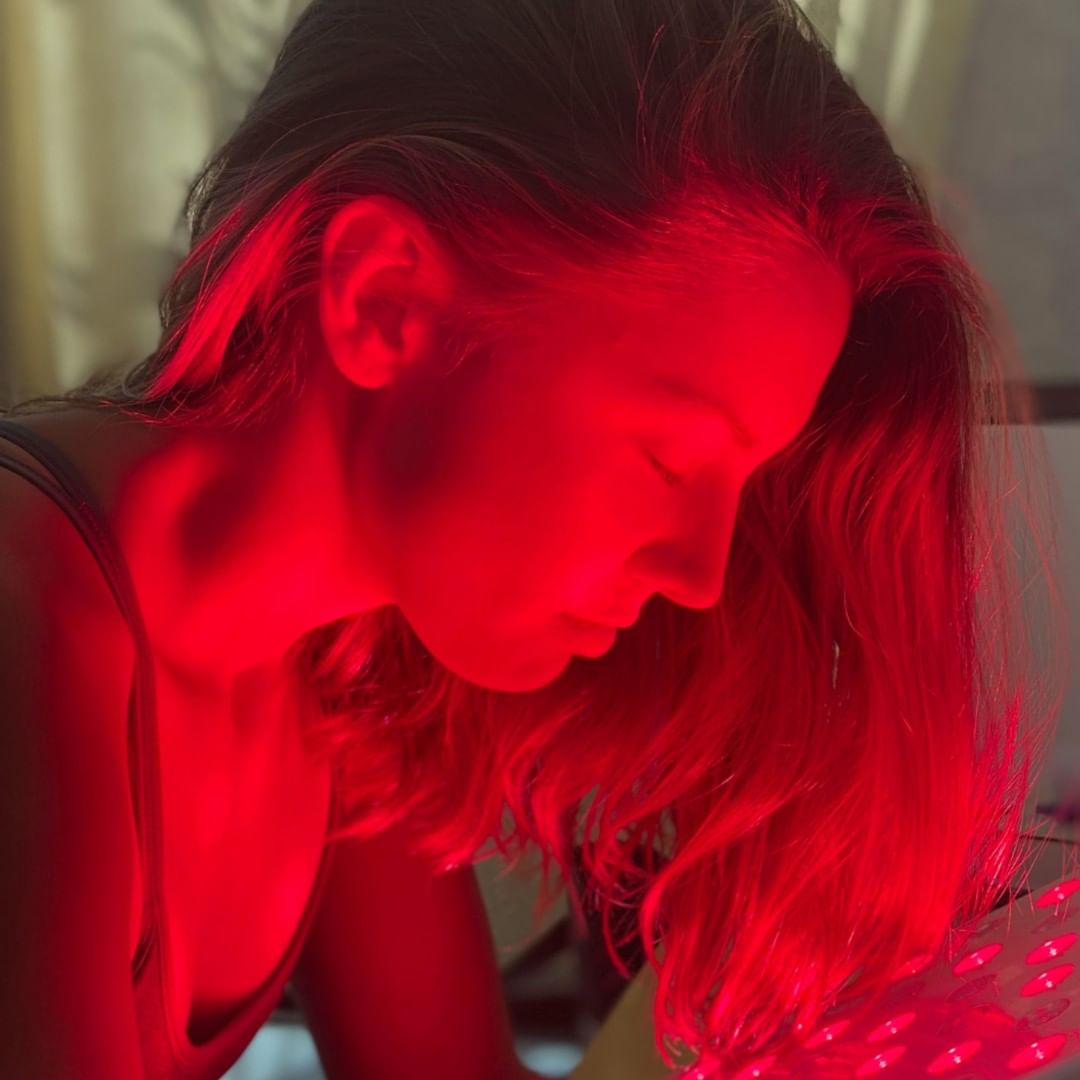![]() Free Shipping
Free Shipping ![]() Buy Now, Pay Later
Buy Now, Pay Later ![]() Eligible
Eligible
How Red Light Therapy Can Relieve Tinnitus and Ear Problems

Tinnitus—the persistent ringing, buzzing, or hissing in the ears—affects millions of people worldwide. For some, it’s a mild annoyance, but for others, it can significantly impact quality of life. While traditional treatments like hearing aids, sound therapy, and medications offer varying degrees of relief, red light therapy (RLT) is emerging as a promising, non-invasive solution for tinnitus and other ear-related issues.
But how exactly does red light therapy help with ear problems? Let’s explore the science, benefits, and potential of this innovative treatment.
Understanding Red Light Therapy
Red light therapy, also known as low-level laser therapy (LLLT) or photobiomodulation (PBM), uses specific wavelengths of red and near-infrared light to penetrate the skin and stimulate cellular repair. Originally used for wound healing and pain relief, researchers are now investigating its potential for reducing inflammation, improving circulation, and repairing damaged cells—key factors in treating tinnitus and ear disorders.
How Red Light Therapy Helps with Tinnitus
1. Enhances Blood Circulation in the Inner Ear
Poor blood flow to the cochlea (the hearing organ) is a common contributor to tinnitus. Red light therapy stimulates nitric oxide production, which helps dilate blood vessels and improve circulation. Better blood flow means more oxygen and nutrients reach damaged ear cells, potentially reducing tinnitus symptoms.
2. Reduces Inflammation
Chronic inflammation in the auditory system can worsen tinnitus. Studies show that red light therapy decreases pro-inflammatory cytokines while increasing anti-inflammatory responses. This may help calm irritated nerves and tissues in the ear.
3. Promotes Cellular Repair and Regeneration
Exposure to loud noises, infections, or aging can damage delicate hair cells in the inner ear. Red light therapy boosts mitochondrial function, enhancing ATP (energy) production and encouraging cellular repair. Some research suggests it may even help regenerate damaged auditory cells.
4. Supports Nerve Function
Tinnitus is often linked to dysfunction in the auditory nerve or brain’s sound-processing centers. RLT has neuroprotective effects, helping to repair nerve cells and reduce oxidative stress, which may alleviate phantom ear noises.
VELLGUS Elite V2
THE #1 RATED RED LIGHT DEVICE
VELLGUS pro V2
THE #1 RATED FULL BODY RED LIGHT DEVICE
Scientific Evidence Supporting Red Light Therapy for Tinnitus
Several studies highlight the potential of RLT for ear-related conditions:
- A 2019 study in the Journal of Personalized Medicine found that LLLT significantly improved tinnitus symptoms in patients with sensorineural hearing loss.
- Research in Frontiers in Neurology (2020) suggested that photobiomodulation could help reduce oxidative stress in the cochlea, protecting against noise-induced hearing damage.
- A 2021 clinical trial reported that participants using at-home red light therapy experienced reduced tinnitus loudness and improved sleep quality.
While more large-scale studies are needed, these findings are encouraging for those seeking alternative treatments.
How to Use Red Light Therapy for Ear Problems
Red light therapy can be administered in clinics or at home using FDA-cleared devices. Common methods include:
- Ear-specific LED devices – Designed to deliver light directly into the ear canal.
- Panel or handheld devices – Applied near the ears and neck to improve circulation.
- Professional treatments – Audiologists or therapists may use specialized laser devices for targeted therapy.
Recommended protocol:
- Wavelength: 600–850 nm (red to near-infrared)
- Duration: 5–20 minutes per session, 3–5 times per week
- Consistency: Best results appear after 4–12 weeks of regular use
Other Ear Conditions That May Benefit from RLT
Beyond tinnitus, red light therapy shows promise for:
- Hearing loss (especially noise-induced)
- Ear infections (by reducing inflammation)
- Meniere’s disease (improving fluid balance in the inner ear)
Final Thoughts
Red light therapy offers a safe, drug-free, and non-invasive option for managing tinnitus and other ear-related issues. While it may not work for everyone, its ability to reduce inflammation, enhance circulation, and promote cellular repair makes it a compelling adjunct therapy.
If you’re struggling with chronic tinnitus, consulting a healthcare provider about red light therapy—alongside other treatments—could be a step toward lasting relief.








